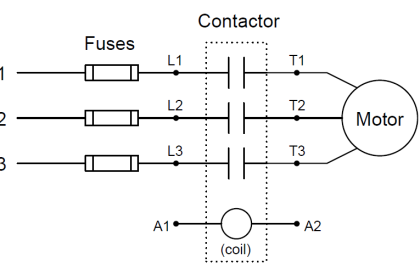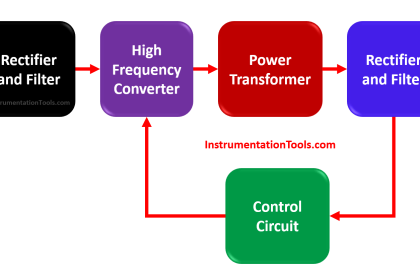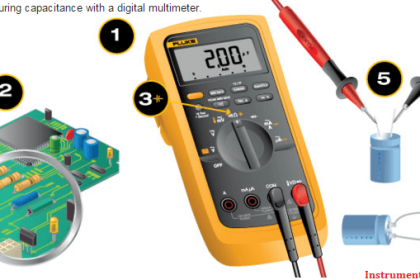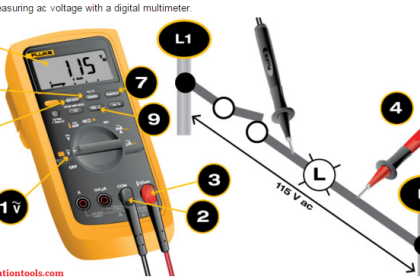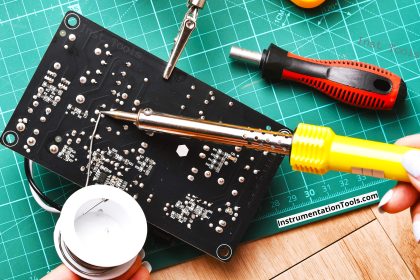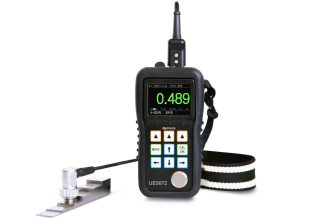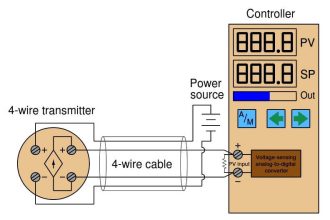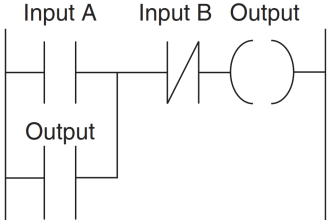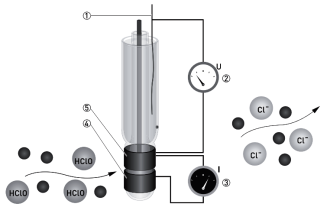In electronics, it is very important for engineers what each semiconductor device in a circuit means. Electronics have a wide range of semiconductor devices and each and every one has its own purpose.
Now, we have two of the devices which are related with light but are completely different in working. They are LDR and LED. Both work on the principle of light, but their purpose is different. Many often get confused and think that they are the same in working. So, it is necessary to understand the difference between them.
In this post, we will see the difference between LDR and LED.
What is LDR?
LDR stands for light-dependent resistor. As the name implies, LDR is a resistor that varies based on the intensity of light. It is a device which works on the principle of photoconductivity.
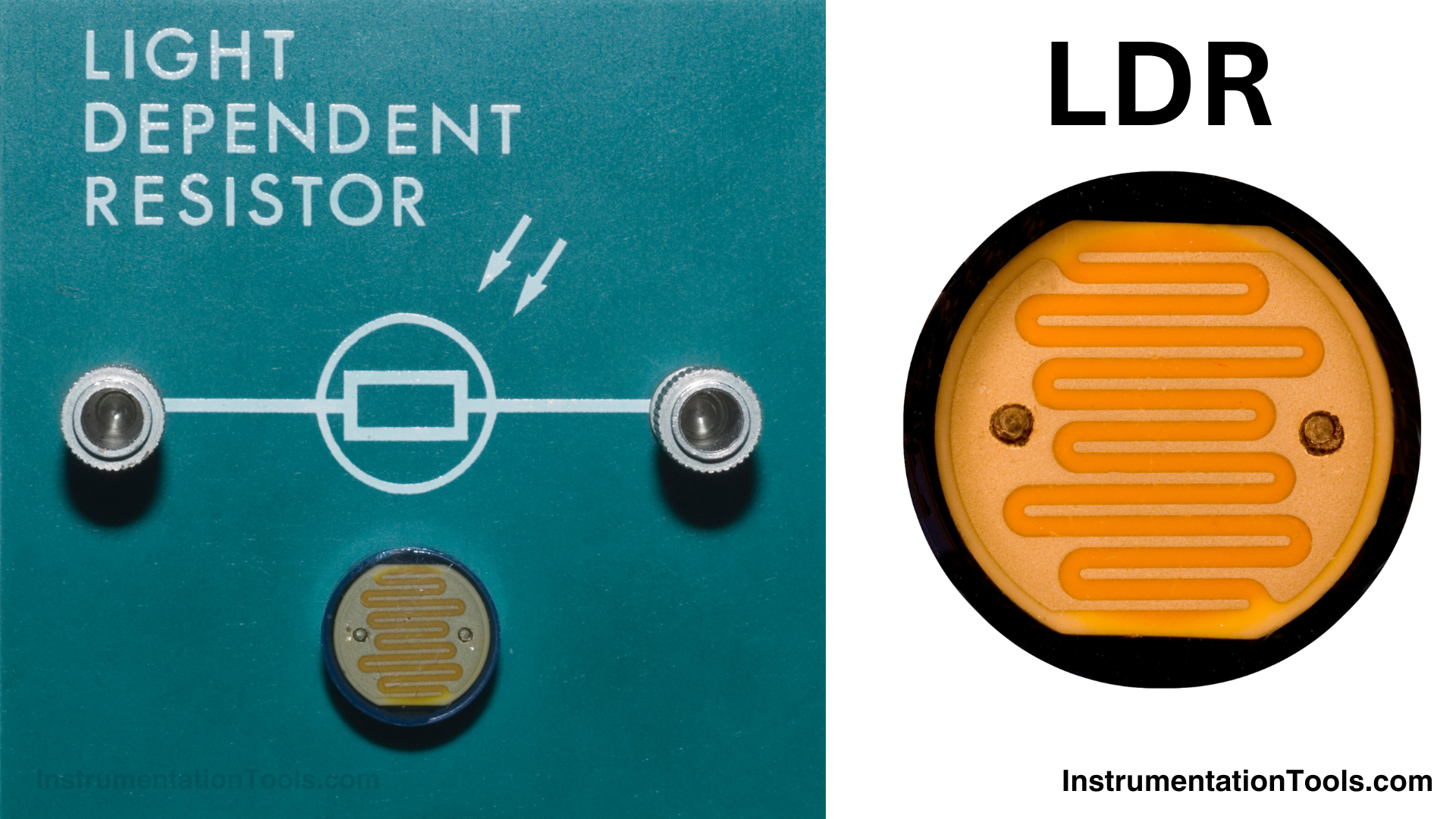
It is a theory of light where the electrons in a material vary based on light intensity. This means, that when there is no light or less light, the electrons inside the materials will be less.
As electrons are few, conductivity will be lower as they are responsible for the flow of electricity. Low conductivity means the resistance will be high. Now, when there is light, the presence of electrons in this material will increase. This will increase the conductivity and decrease the resistance.
LDR is made of a material that has no P-N junction in it. Yes, you heard it right. And as it is a semiconductor too, it gets this property of varying its resistance based on the absorption of electromagnetic radiation like UV or normal visible light (like a torch).
Light has the energy of photons and the few electrons in the initial stage will increase based on this energy consumption. This means, more electrons will come into the conduction band and electricity will start flowing through the material.
What is LED?
LED stands for light emitting diode. As the name suggests, an LED is a semiconductor device that throws light when electricity is passed through it. This means, that when there is no electricity, then no light will be emitted. But when electricity is passed through it, then light will be emitted from it. This principle is called electro-luminance.
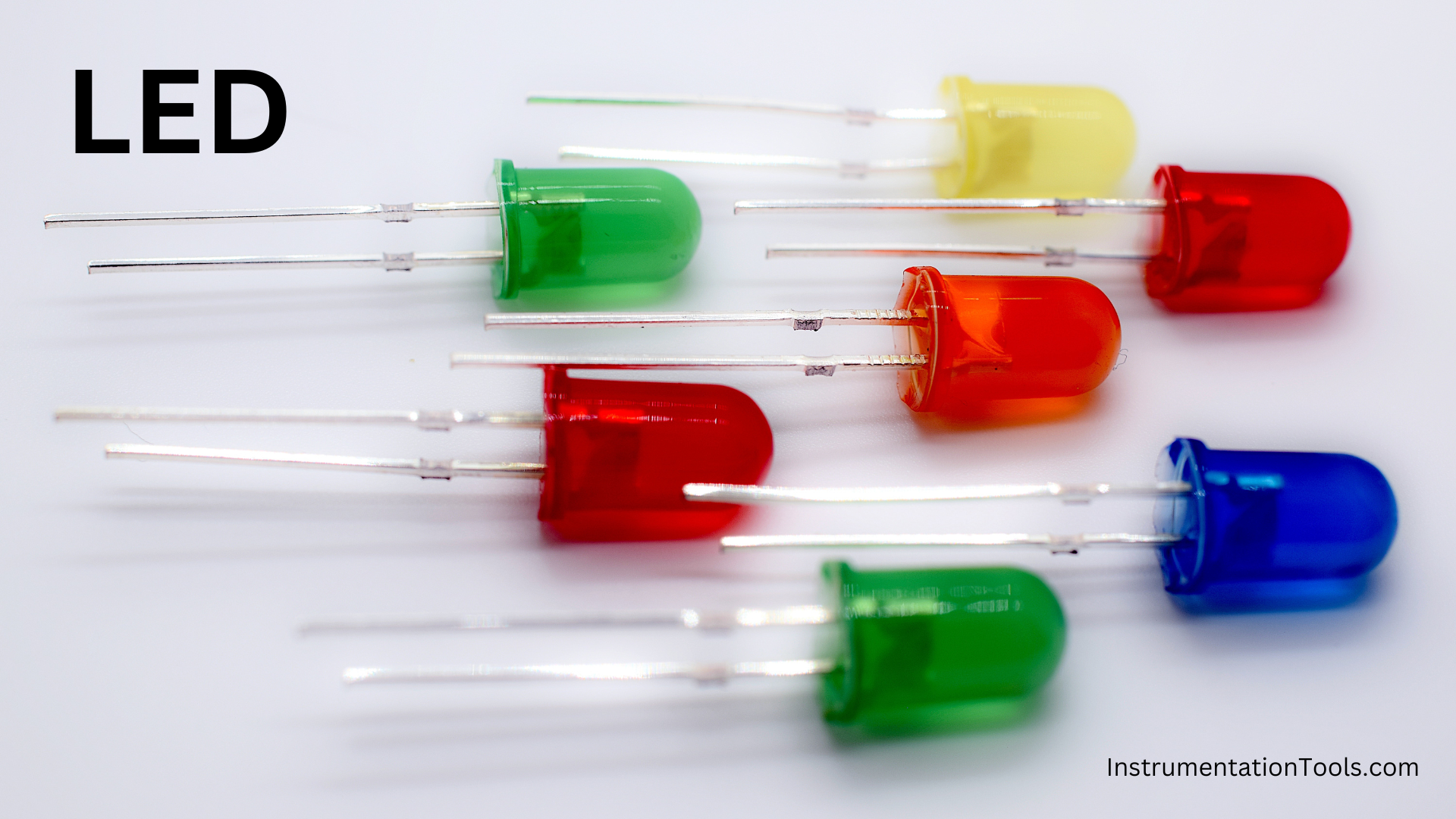
Not all semiconductors emit light as energy. Most of them emit heat as energy when current passes through them. As you know, every semiconductor has two bands – valence and conduction. And there is a gap between it.
In the case of LED, when current passes, the energy equal to this band gap is emitted in the form of photons or light. The light emitted has a wavelength visible to the human eye. That is why, we can see clearly whether the LED is on or off.
Difference between LDR and LED
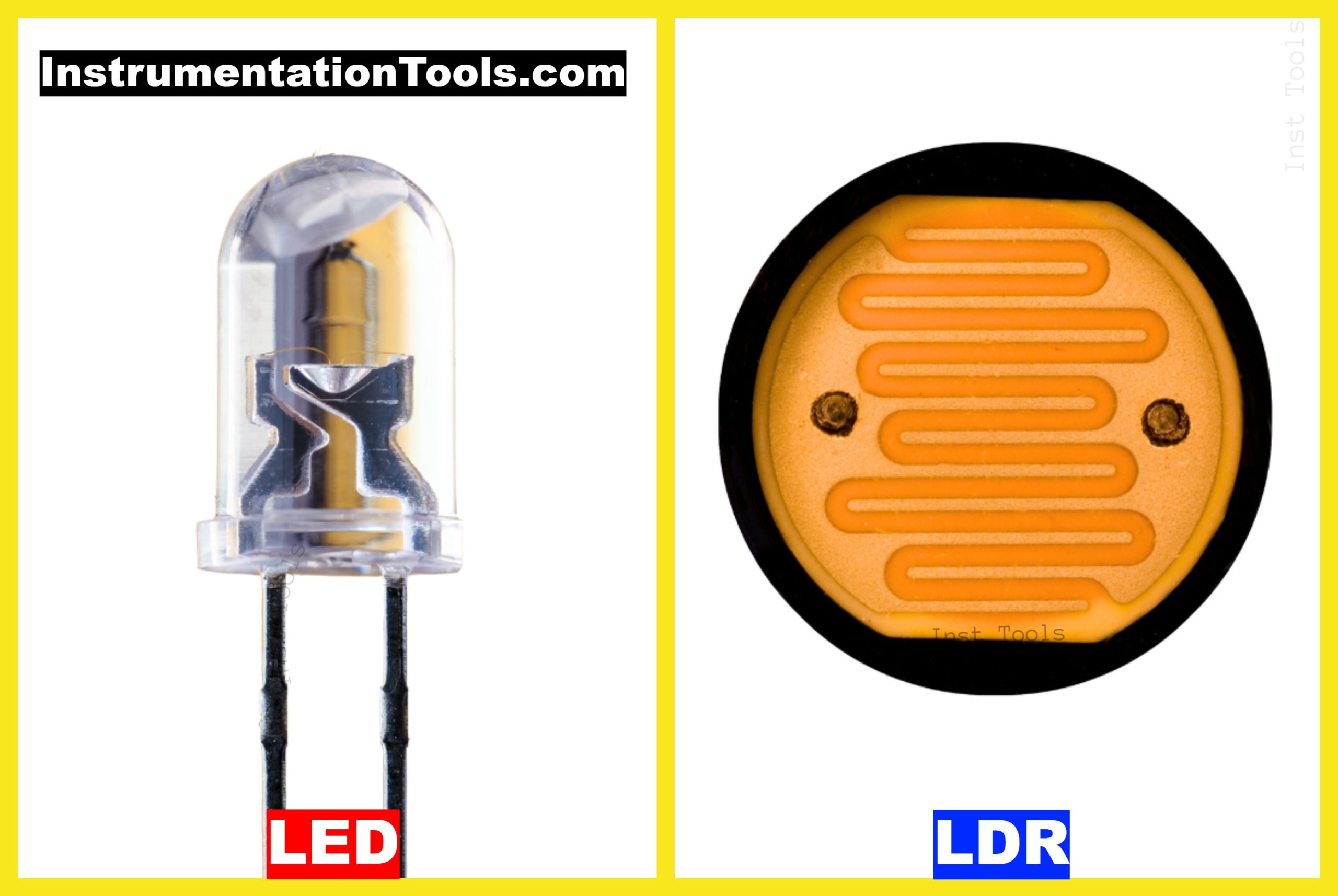
1. LDR works on the principle of photoconductivity whereas LED works on the principle of electro luminance.
2. LDR takes light energy and converts it into electrical energy, whereas LED takes electrical energy and converts it into light energy.
3. LDR is made of cadmium selenide or cadmium sulfide, which has the property of varying resistance, whereas LED is made of gallium arsenide, gallium phosphide or indium phosphide.
4. LDR is made of a single semiconductor layer, whereas LED is made of multiple semiconductor layers.
5. LDR is used in applications where it is required to sense light and then do an activity like fire alarms, camera shutters, and automatic street lights. LED is used in applications where it is required to display light on energy like decoration, illumination, and advertising.
Comparison between LDR and LED
| S.No. | LDR (Light Dependent Resistor) | LED (Light Emitting Diode) |
|---|---|---|
| 1 | LDR’s resistance varies with the intensity of light falling on it, decreasing as light intensity increases. | LED emits light when an electric current passes through it in the forward direction. |
| 2 | LDR is a sensor component used to detect light levels. | LED is an actuator component used to emit light as a visual indicator or for illumination. |
| 3 | LDR is made from semiconductor materials such as cadmium sulfide (CdS) or cadmium selenide (CdSe). | LED is made from semiconductor materials, typically gallium arsenide (GaAs), gallium phosphide (GaP), or gallium arsenide phosphide (GaAsP). |
| 4 | LDR passively responds to light, with its electrical resistance decreasing with increasing light intensity. | LED does not respond to light but generates light when powered. |
| 5 | LDR is non-directional, sensing light from any direction depending on its placement and the design of the surrounding enclosure. | LED is directional, emitting light in a specific direction. |
| 6 | LDR is used in light sensing circuits, such as automatic night lights, light meters, and street lighting controls. | LED is used in a wide range of applications for indication (e.g., power status, signal lights) and illumination (e.g., flashlights, automotive headlights, displays). |
| 7 | LDR does not require a specific voltage to operate but works within a range of voltages as part of a circuit that measures resistance. | LED requires a specific forward voltage (typically between 1.8V and 3.3V for common LEDs) to operate efficiently and prevent damage. |
| 8 | LDR’s current through it varies based on the light intensity and the circuit but is typically low. | LED requires controlled current, usually through a resistor or current source, to prevent damage due to overheating. |
For daily updates and to stay connected with our latest content, be sure to follow us on Facebook and Twitter.
To further expand your knowledge, we recommend checking out our next insightful articles.
Read Next:
- Types of Potentiometers
- Light Emitting Diode Operation
- How a Transistor Switch Works
- How to Test a Battery?
- Electrical & Electronic Devices
